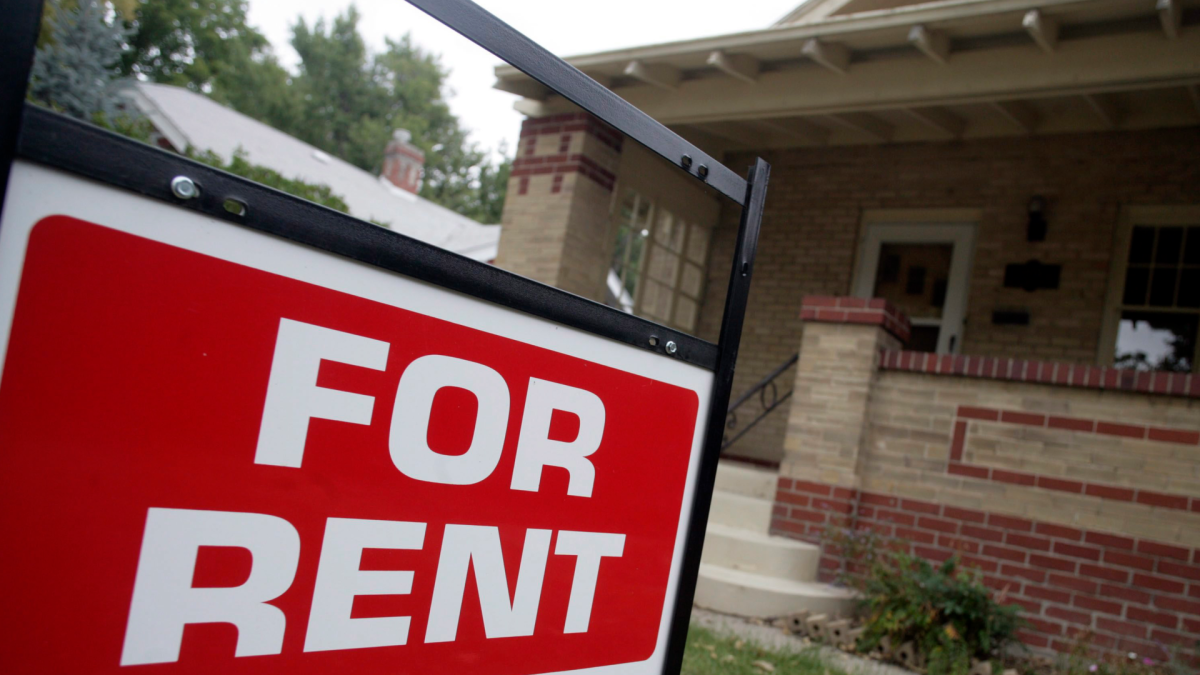Homeowners in Peterborough may be allowed to add up to two residential units to their properties if zoning bylaw amendments are approved.

An extensive staff report going to city council on Aug. 8 recommends amending a zoning bylaw first passed in 2018 that allowed up to one residential suite to allow property owners to create one- or two-bedroom apartments.
If approved by city council, the amendment would allow up to two additional residential units (replacing the term “suites”) within certain types of dwelling units or up to one additional residential unit in an ancillary building or structure (subject to specific regulations). An additional residential unit can have a maximum floor area of 55 square metres, but must have an allotted parking space and an access route for firefighting services.
The report describes an “additional residential unit” as a self-contained residential unit with a private kitchen, bathroom facilities and sleeping areas within dwellings or within structures ancillary to a dwelling. Additional residential units are also referred to as second units, basement apartments, accessory apartments, granny flats, in-law apartments or nanny suites.
The report by Brad Appleby, director of planning, development and urban design division, and Caroline Kimble, policy planning manager, says the amendment falls in line with the province’s Bill 23 — More Homes Built Faster Act — passed last October, which has a number of amendments to encourage more housing builds and boost municipal housing supplies. The bill allows up to a maximum of three units on a lot — the principle unit and two additional units.

Get daily National news
“In broad terms, the promotion of additional residential units and the former secondary suites was intended to increase the supply and range of rental and affordable rental accommodation and to benefit the wider community,” the report states.
The benefits of having up to two additional residential units include improving the city’s rental vacancy rate and making “more efficient use of the existing housing stock.” A report released in January by the Canada Mortgage and Housing Corporation showed that the Peterborough census metropolitan area’s vacancy rate for purpose-built rental apartments was 1.1 per cent in October 2022 — the lowest rate across Ontario.

The report says additional units will also allow homeowners to earn additional income to supplement the cost of homeownership and will support changing demographics by providing more housing options for extended families, seniors or live-in caregivers.
By amending the bylaw, the report states it will also create more construction and renovation jobs and help the city meet its goals for affordable housing, intensification and density targets, climate change mitigation and greenhouse gas emissions reduction.
Parking impacts/requirements for additional residential units are part of an ongoing parking study, the report notes.
Staff say since the passing of Bill 23, the city has received “numerous” requests for zoning provisions and permit inquiries to create third units on low-density residential properties.
“The proposed amendment will modify the zoning bylaw to ensure consistency with the Planning Act and implements the policy direction of the city’s new Official Plan,” the report concludes.
“The revised regulations promote the creation of much-needed additional residential units, enhance community sustainability, ensure efficient use of existing infrastructure, protect public health and safety, and ensures consideration of other provincial and municipal interests while minimizing the impact that additional residential units may have on the surrounding community.”






Comments